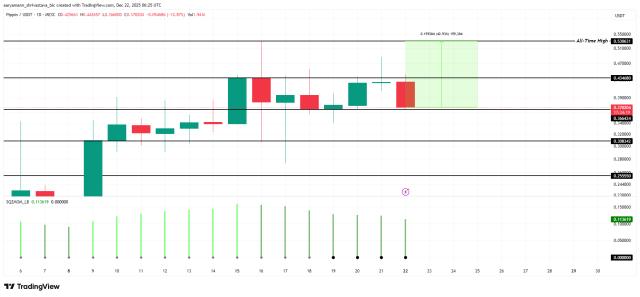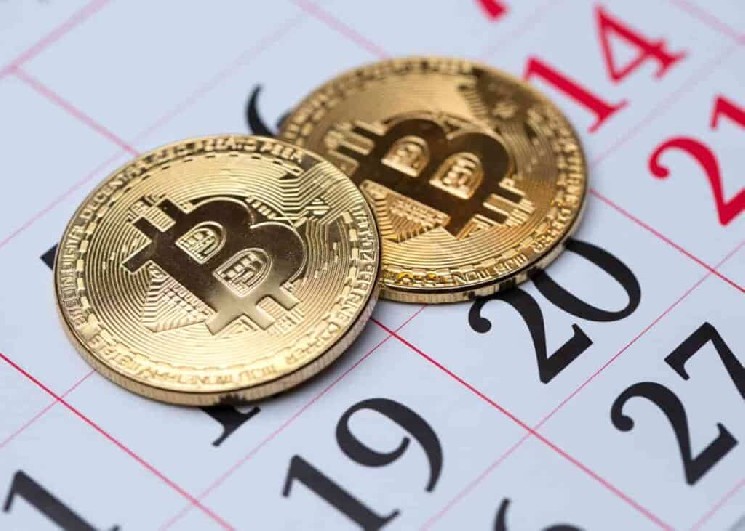A balance must be struck between decentralization and security.
Author: Michael Egorov, Founder of Curve Finance
Source: Cointelegraph
Translated by: Ada, MetaEra
Decentralized Finance (DeFi) is rapidly becoming one of the most important trends impacting the financial world. As DeFi activity continues to increase, with the total value locked exceeding $100 billion, the sector is gaining increasing popularity among institutional investors.
However, as institutional interest in DeFi grows, it inevitably raises questions about the future of the industry. Can DeFi maintain its decentralized and democratic principles while ensuring the safety of all participants? Or will it have to change the essence of "decentralized" finance to meet the needs of large participants, thereby compromising it?
The Institutionalization of DeFi
We can see that the interest of institutional investors in DeFi is growing, such as BlackRock's BUIDL fund, which manages over $550 million in assets. This, in turn, also marks a transformation in the sector, with tokenized securities, once seen as a niche concept, now being viewed as a bridge between traditional finance (TradFi) and the blockchain ecosystem.
Even companies like Securitize are working to ensure that these tokenized assets comply with relevant regulatory requirements. Various intermediaries will also play a crucial role in driving more capital into DeFi.
However, the path is not smooth - there are many challenges to properly integrating institutional investors into DeFi. Regulatory and legal uncertainties, as well as compliance issues with Know Your Customer (KYC) and Anti-Money Laundering (AML) standards, are all factors. In addition, there are issues with transaction liquidity and transparency, technical security, and economic risks. All of these obstacles make it difficult for institutional investors to navigate this environment, slowing the pace of DeFi adoption.
Although the prospects for DeFi are promising, large investors remain cautious about the security of their funds. The key question is how to strike a balance between the core principles of decentralization and meeting the security requirements of institutional investors.
Market reports from institutions like Blockworks and JPMorgan Chase support the involvement of institutional investors in the DeFi space, noting that the sector needs to provide support for these investors and adopt the necessary infrastructure to achieve scalability. But the reality is much more complex.
Institutional participation can enhance trust in the decentralized finance ecosystem and propel its development to new heights. However, it also brings a higher degree of centralization, causing the system to deviate from its original design and the original intent that attracted many.
The Risks of Tokenizing Real-World Assets (RWAs)
A significant development in the DeFi space is the tokenization of real-world assets (RWAs), including everything from tokenized commodities to tokenized equities. According to McKinsey, the market size for these assets could reach $2 trillion by 2030.
While RWAs mark a significant step forward for DeFi, they also present security risks that must be addressed. One of the most pressing challenges is the "custody" risk - when assets are tokenized and transferred to DeFi. In such cases, the security of these assets depends on legal agreements, not automated smart contracts.
For example, the two most widely used stablecoins - USDC and USDT - are backed by traditional banking institutions, not decentralized protocols. Because they rely on centralized entities, they are susceptible to manipulation and errors.
Assets that require compliance with AML and KYC rules are even more complex. For instance, Short-Term Treasury Bills (STBT) tokens could work in a permissionless DeFi environment as long as they are accepted. Accepting these assets seems to be limited, as users are unwilling to accept the accompanying KYC requirements. These compliance issues become barriers to adoption.
If traditional finance giants can leverage their infrastructure to protect RWAs, this could help address the security issues associated with tokenization. If done professionally, theoretically, stablecoins backed by appropriate support from large traditional financial institutions could become highly trusted and adopted. Tokenized stocks and commodities may also gain attention, providing new investment opportunities that blend traditional financial structures and blockchain.
The Future of DeFi
The future of DeFi is likely to be a hybrid model, combining decentralized principles with regulated centralized elements. This approach can help enhance security while retaining the essence and advantages of DeFi: reducing intermediaries and increasing transparency.
Often, the future is not a victory of the old paradigm or the new, but a compromised result. Even without the participation of large institutional players, true DeFi can still stand its ground. However, certain areas of DeFi may need to accommodate centralized elements to ensure better security and regulatory compliance.
Ultimately, it will be a financial ecosystem with fewer intermediaries than the current traditional financial system. This hybrid model is likely to form the basis for the future operation of the global financial system.








